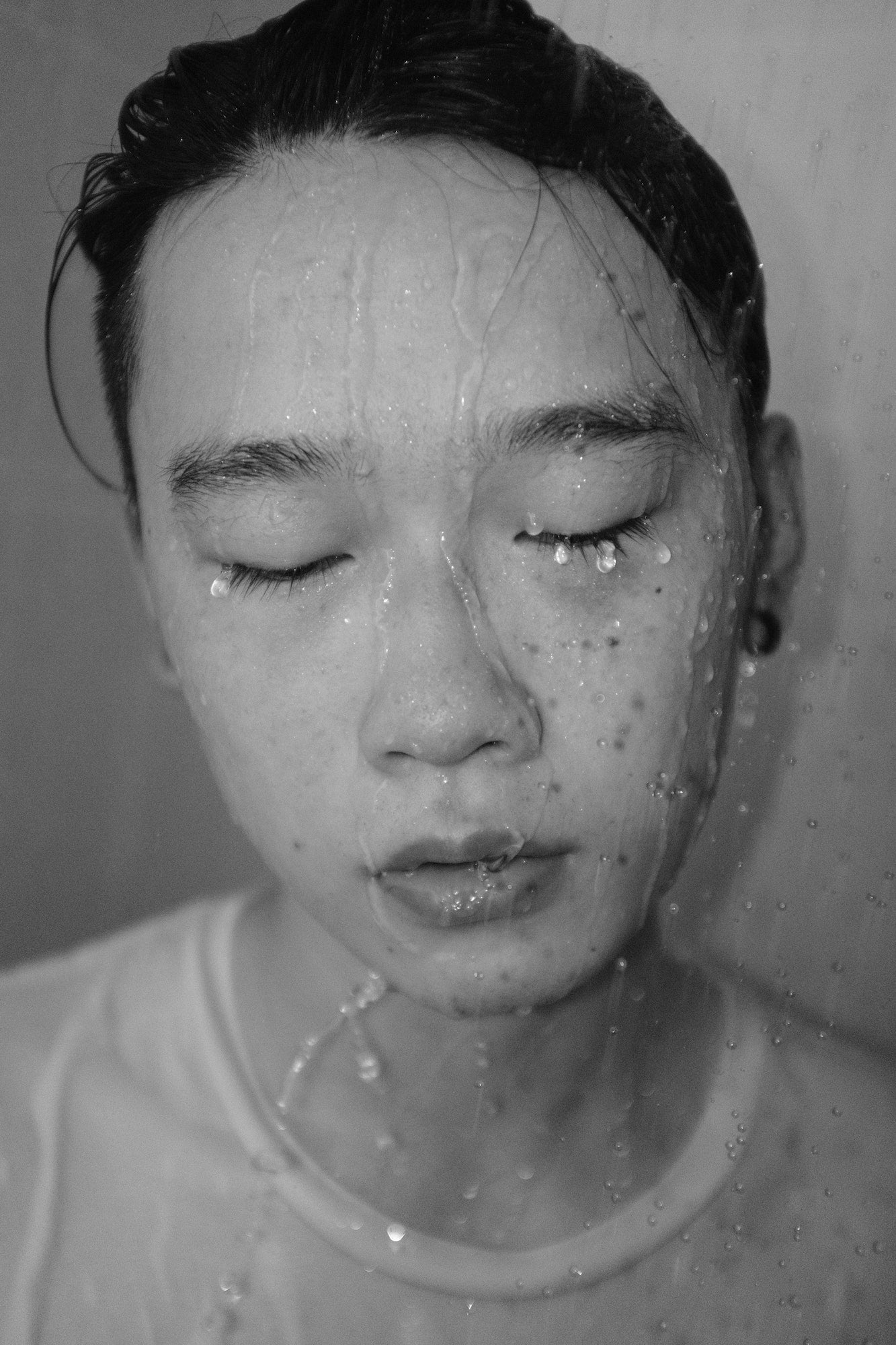A guide to scent layering.

Layer up to build a sensory signature.
Say someone leaves your bed and their scent lingers on your pillow, especially in the heat of summer. Or perhaps you’re out enjoying a sunny day and catch a whiff of something that reminds you of a certain someone. While, yes, there is science behind this feeling, the allure of a “signature scent” is a truly romantic hallmark in culture, one that goes beyond just pheromones.
While you can get lost in the world of perfume blogs, perfume Tik Tok, and can browse perfume in-person until you go nose-blind, scent layering is the secret to creating a truly unique personal fragrance.
Scent layering, as the name suggests, involves creating a cocktail of fragrances. Scent notes outline a base, middle, and top note, and layering multiple fragrances may help certain scents pop, brightening or complementing specific (and maybe otherwise hidden) notes. But, all of this aside, it will be specific to you: an intimate, sensory signature.
Here are a few suggestions for getting started.
Start with your shower routine.
Use your choice of body wash in the shower. Fragrance can begin here, too, if you’d like, with a body wash in your choice of scent. An added bonus? This can set the mood for your shower, be it an energizing morning rinse or a cozy, intimate evening shower during the warm summer months.
Dry off, and moisturize however is typical for you: think of this as creating a clean canvas for scent to cling to.
Oil up.
Hydrated skin will hold fragrance for far longer, and using a body oil post-shower is an effective way to nourish and moisturize skin, especially beneficial in the summer when skin tends to dry out more quickly.
If you use a scented oil, layering it under your perfume can enhance fragrance while hydrating. Applying oil directly onto pulse points (behind the ear, inside of the wrist, behind the knee) will allow the product to make direct contact with skin, more so than when you spritz perfume.
Begin with the base.
Base notes are typically the strongest notes in perfumes, and, as such, last the longest. The top note is what you smell first, the middle fragrance is often softer, but the base is what develops last. When thinking about blending your perfumes, consult the base notes and use this as a starting place to guide mixing and matching.
Pair thoughtfully.
Looking for fragrances with a shared note is a simple place to start, and is a great way to highlight a favorite note. Another approach may be to choose notes that feel complementary, like something woodsy and sultry with a floral note, or grounding a sweet fragrance like vanilla with a smoky, earthy note. In terms of combinations to avoid, you should feel free to explore, just be mindful that layering heavy scents can get overwhelming.
Get personal.
Scents are evocative of emotions, memories, places. If you don’t know where to begin when layering fragrances, start with scents that spark a feeling–it’s likely to spark something (wink) in someone else, too.




